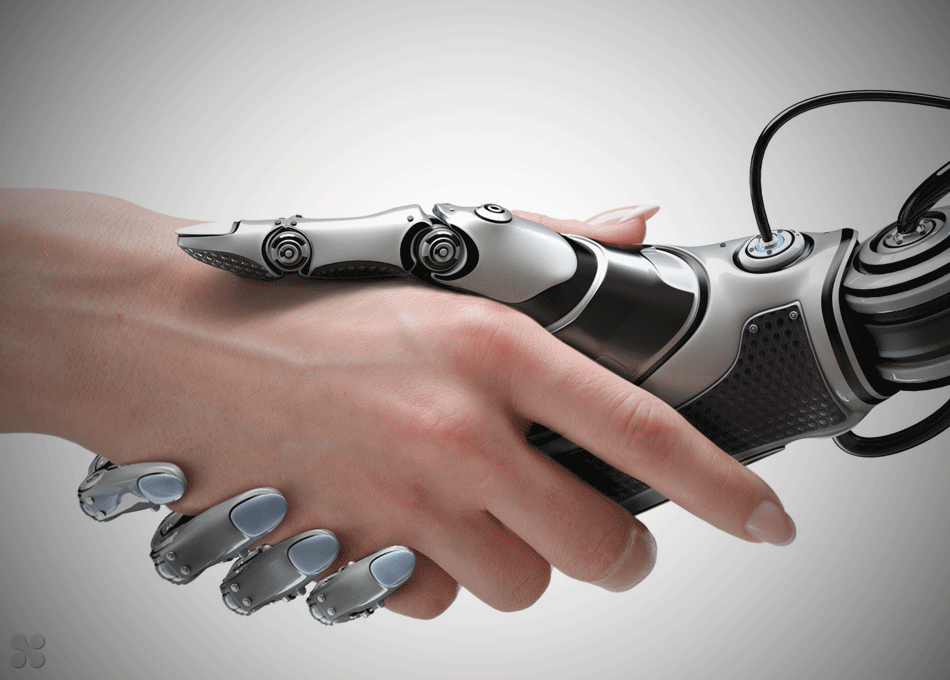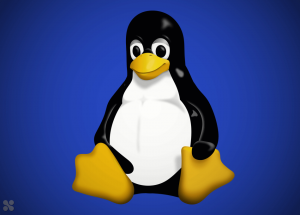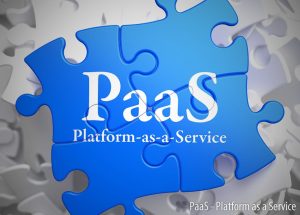ARTIFICIAL INTELLIGENCE: FROM BIRTH TO THE PRESENT DAY
Everybody talks about it, but what exactly is meant by Artificial Intelligence?
“Artificial Intelligence (AI), sometimes called machine intelligence, is intelligence demonstrated by machines, in contrast to the natural intelligence displayed by humans and other animals. In computer science AI research is defined as the study of “intelligent agents”: any device that perceives its environment and takes actions that maximize its chance of successfully achieving its goals. Colloquially, the term “artificial intelligence” is applied when a machine mimics “cognitive” functions that humans associate with other human minds, such as learning and problem solving”. In other words, the term Artificial Intelligence refers to the ability of a machine to solve problems or in general act in the same manner as human beings. We don’t talk only about simple calculation skills but an intellect which includes different forms of intelligence, from spatial to introspective.
The first steps towards Artificial Intelligence
The first developments of Artificial Intelligence are not so recent, because the first project about AI is to attribute to the studies of two researchers called Warren McCulloch e Walter Pitt, who showed to the scientific world in the 1943 the first artificial neuron. Then, about ’50s, were developed the first prototypes of operating neural networks, that means mathematical algorithms with the purpose of reproduce the functioning of biologic neurons. The term Artificial intelligence is officially connected to another date and person: it was used by the American mathematician John McCarthy during a conference to which participate the major experts of the field that showed some programs able to perform logic thinking, in particular related to mathematics.
’70s: crucial experiments
From that moment, studies and researches in the field of Artificial Intelligence became many and in 1973 was born Lisp, the first program language which remains at the basis of AI for the following thirty years.
In that period the ferment about AI was very high and many sophisticated programs were created, but somehow that was the perception of the difficulties to reproduce the typically human intuitive and thinking abilities. After a phase of slowdown in the investments about this area, a new impulse came from biology: in 1969 some researchers created DENDRAL, a program able to re-build a simple molecule from the information on its molecular mass.

Therefore, the AI found a new development direction based on expert systems, meaning machines that used intensively the knowledge to achieve different solutions for particular contexts with some basic information. After that, the progress was very fast. At the beginning of ’80s the Artificial Intelligence was applied to the business field for the first time and the studies push the geographical boundaries of United States towards Japan and Europe. During these years the turning point was represented by the re-build of the algorithm for the learning through neural nets, already invented in ’60s. The most popular example of the Artificial Intelligence’s use is Deep Blue, a IBM machine which, through learning, defeated the world champion of chess because of a high level of knowledge and creativity that the human player couldn’t achieve.
The Artificial Intelligence nowadays
Nowadays, AI has many applications and is already present in our daily life, just think about voice recognition systems of electronic devices or security systems. Very popular is also the testing of AI on vehicles: equipped with intelligent systems, they are able to drive without a human conductor, thanks to specific cameras and sensors that, just like human eyes and ears, perceive everything while driving and are able to make decisions.
What is the future scenario about Artificial intelligence and related applications? We talk about it in this post: 7 PREDICTIONS ON THE FUTURE OF ARTIFICIAL INTELLIGENCE AND MACHINE LEARNING
Contact us
Fill out the form and one of our experts will contact you within 24 hours: we look forward to meeting you!




